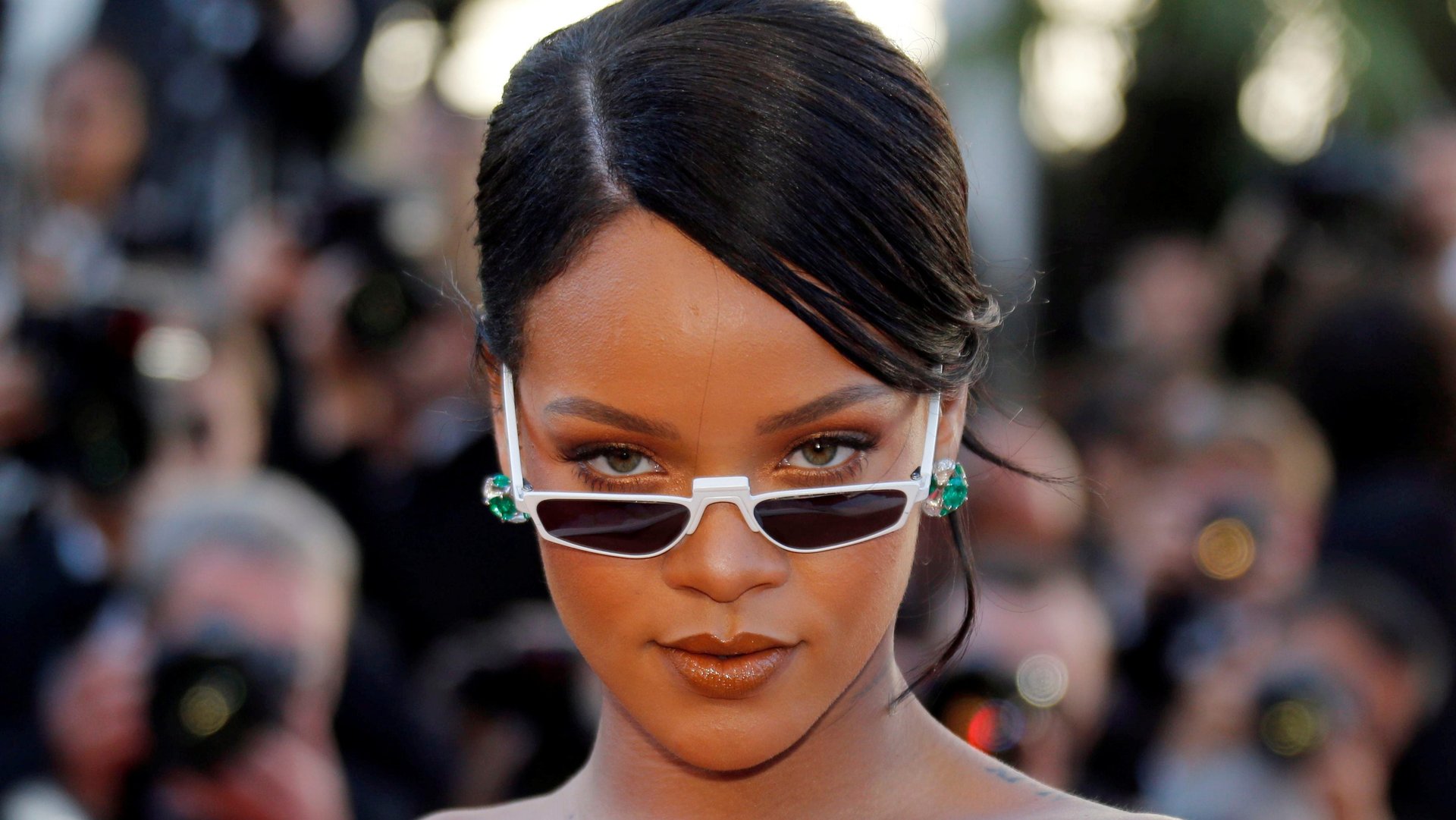Inclusivity of women in pop music isn’t just poor—it’s backsliding
In the music industry, the wild popularity of artists like Beyonce, Rihanna, and Taylor Swift may mask a sad reality: On average, women are “missing” from the field, according to a study from the University of Southern California.


In the music industry, the wild popularity of artists like Beyonce, Rihanna, and Taylor Swift may mask a sad reality: On average, women are “missing” from the field, according to a study from the University of Southern California.
It found this was especially true in 2017, the year the #MeToo movement took flight, and when, as the study authors argue, “women forcibly took hold of the cultural conversation.”
The report, released in January, was co-authored by Stacy Smith, founder and director of USC’s Annenberg Inclusion Initiative, which studies diversity and inclusion in the entertainment industry. Smith is best known for her work investigating the data behind sexism in Hollywood. Even she was surprised by the analysis of the music business.
Smith, along with Annenberg Inclusion Initiative chair Leah Fischman, studied 600 songs from the Billboard Hot 100 end-of-year charts from 2012 through 2017. They counted 1,239 solo performers, duos, and bands attached to the chart-topping songs. In the six years studied, not once did women comprise 50% of the talent.
In 2017, only 16.8% of the top 100 artists were women, for a ratio of 4.9 hit-making male artists to every one female. It marked a six‐year low in representation for women, the researchers noted. In 2012, 22.7% of Billboard’s top artists were women; in 2016, that number had climbed to 28.1%. But the statistics have never suggested anything close to equal representation.
What’s more, of 899 individuals nominated for a Grammy Award between 2013 and 2018, 90.7% were male. Fewer than 10% of the nominees for Record or Album of the Year were women—women were far more likely to be recognized as New Artist of the Year (36.4% of the time) or for Song of the Year (21.3%).
“Over the last six years, no women have been nominated as Producer of the Year,” the authors note.
When the researchers looked at who produced the top 100 songs over the past three years, they discovered that women represented a mere 2% of producers in the 300 songs analyzed. In 2017, 4% of producers behind the top 100 were women. And only two of the 659 producers included in the study were women from an underrepresented racial or ethnic group.
The statistics for pop music look better in terms of racial diversity than gender diversity. In the pool of 600 Billboard Top 100 songs, for instance, “8 of the 14 most successful artists were from underrepresented racial/ethnic groups,” the authors note. The most highly ranked men were Drake, Justin Bieber, and Chris Brown. Rihanna, Nicki Minaj, and Taylor Swift were the top artists among women.
As it happens, Smith is currently in the news for having invented the “inclusion rider” concept, praised by Frances McDormand in her Best Actress acceptance speech at the 2018 Academy Awards. In the film business, actors can add riders to their contracts requiring that producers supply them with a favored beverage or particular chef during the shoot, or a spacious dressing room. An inclusion rider would focus on who else is on set, stating that the actor would only sign a movie deal if the project also fairly represents women and talent from diverse backgrounds in its casting and crew.
The music industry seems ripe for a similar door-crashing tool.